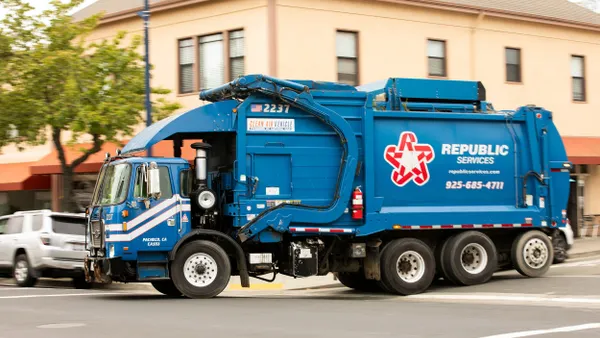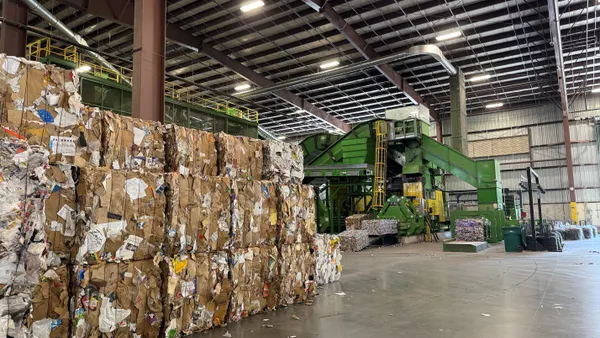Dive Brief:
- A recent two-day operation led to nearly 200 tickets for the illegal dumping of contaminated construction and demolition (C&D) debris throughout downstate New York. More than 100 officers from the Department of Environmental Conservation, New York State Police, Department of Transportation and Suffolk County Police led this effort, as reported by Newsday.
- During this operation, nine illegal dump sites were identified, 28 drivers were ticketed, 10 vehicles were taken out of service due to safety problems, and 167 tickets were issued for a range of misdemeanors and safety violations.
- Illegal C&D material can include a mixture of asbestos, treated lumber, petroleum products, roofing shingles, and soil from contaminated areas, which can all cause groundwater contamination and other environmental damage. This is a particular concern on Long Island, where millions of residents get their drinking water from underground aquifers.
Dive Insight:
According to a press release from Governor Andrew Cuomo's office, the majority of C&D in the state comes from processing facilities and construction sites in the five boroughs. This amounts to an estimated 5 million cubic yards of material per year. Sometimes the material can be passed off as "clean fill" to uninformed property owners or illegally dumped in parks.
This has happened at multiple parks on Long Island, leading to millions of dollars in environmental remediation costs and multiple indictments in recent years. In some cases material from New York can also end up in New Jersey, which has recently experienced illegal dumping issues related to organized crime. The practice has been spotted in other states as well and remains a challenge for police and regulators to enforce.
The rapid pace of construction in New York and cities around the country is expected to continue for the near future, creating an abundance of C&D debris in the process. This has been reflected in recent quarterly earnings reports and is presenting many opportunities for haulers. Ensuring that companies are complying with regulations and proper recycling practices is also a critical part of this process.











